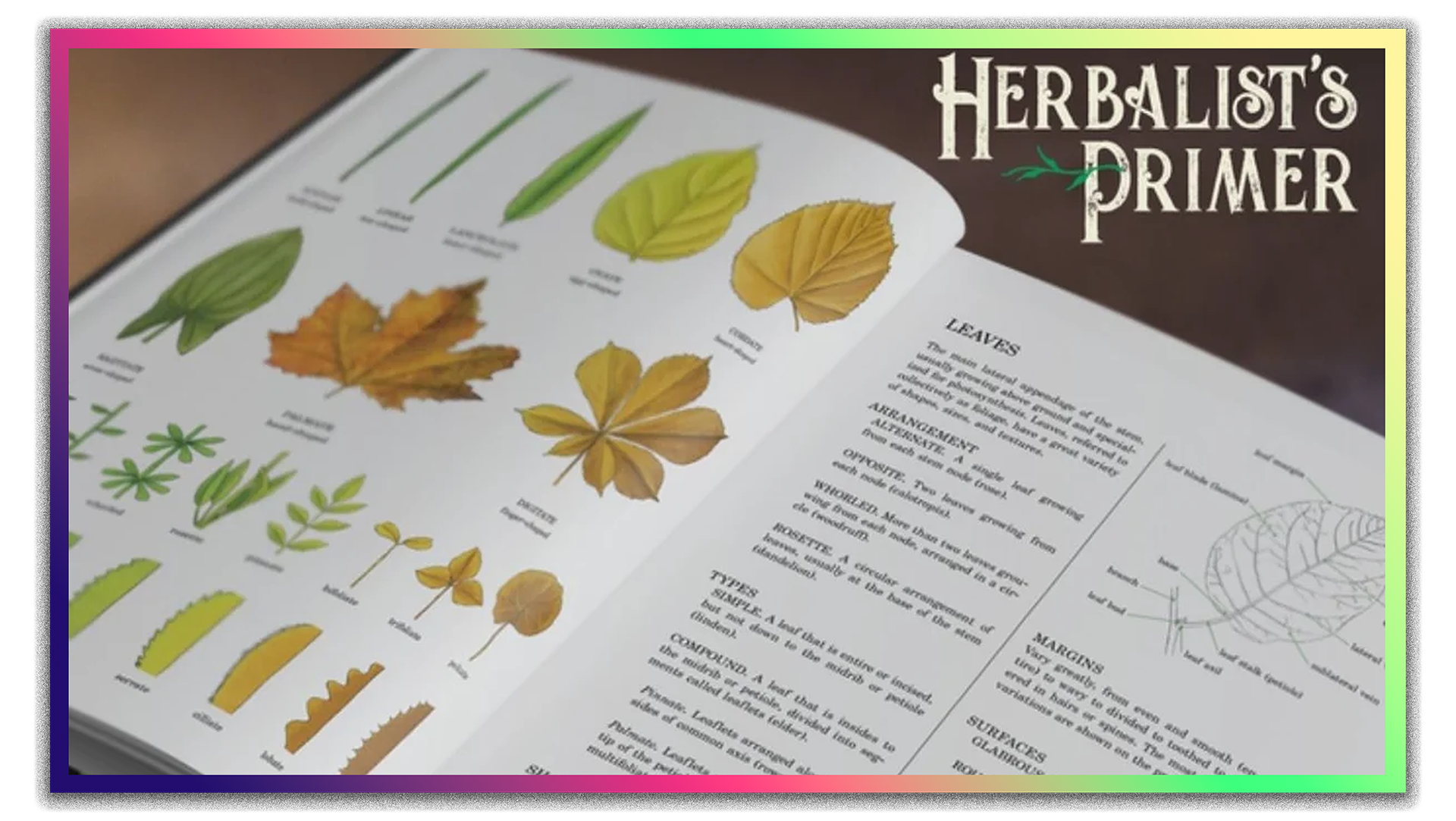This blog post was originally published in Summer 2024. It’s been edited, redesigned, and republished.
Over the past year, I’ve been thinking about Adamiir, my dark fantasy setting that I’ve slowly been plucking away at, and trying to figure out what I actually want it to be.
Trying to nail down the project's scope has been a little difficult, as I’m approaching it from a “whatever I feel like writing, gets written” approach. That creates a sort of cruel feedback loop: I write something halfway because I’m energized, drop it for a week or so, and return to it energized to write something else.
And so on, and so on.
I’ve got a million threads unwoven and unfinished, all pointing in different directions. The weird thing is, I don’t really mind this. I still enjoy writing about this broken world and all its weird, dark stuff. I still enjoy thinking about the broader implications of a setting and how it separates itself from other realms and places.
Last year, I read a blog post on Sean McCoy of Mothership fame’s Win Conditions, in which he interviewed Watt, the author of Cloud Empress (itself a Mothership setting) and the Cloud Empress Newsletter.
While it’s a fucking stellar read, and I would highly recommend you check it out, one exchange in particular stood out to me:
watt: As I gear up for the next Cloud Empress Kickstarter, I’m wondering how you think about planning for the future of Mothership. Namely how do you determine what to publish when and where to take future Mothership expansions?
Sean: Building a line is something I think about a lot. The timing of releases and what each module brings to the table. Even in our zine era, we were thinking a lot about this. Dead Planet was super maximalist because all we had was the PSG. We needed a book that could showcase literally everything we thought Mothership could do. It had to have a little bit of everything. A Pound of Flesh felt like it specifically needed to address space stations and then give players a hub to build off of. Gradient Descent was our take on a megadungeon. Another Bug Hunt was our take on an introductory module, which felt important because it would release with the boxed set.
Now, we have a full time writer, Luke Gearing. One of the absolute best to do it. We haven’t had a full time writer before and Luke’s never been one before. So we’re developing our method for reliably putting out great adventures. What’s our system? A big thing is just asking ourselves “what’s the book that would be the absolutely most exciting to play if you’re a Mothership fan right now?” or “where are we weakest as a game? What kinds of play have we failed to support?” This doesn’t always mean that’s what the next release is, but it’s where we start before we start breaking it down to logistics.
That being said, I think this kind of thinking, this idea of going big, is often missing from a lot of good (even great) publishers. I’m always waiting (and pestering) my favorite designers to give me big toolkits, huge campaign settings, or sprawling locations to explore. It’s not just that more is better by any means, but some of it is about the opportunity cost of learning a game and running it for your friends. Give me something I can sink my teeth into for a long time.
Do the hard design work. Go build a crafting system with 1,000 recipes for me that are all in world and tied to hexes. I think elided rules and minimalist and rules lite are really great for use at the table because they empower referees to make quick decisions. But back at the lab I want you to use that springboard to come up with something that I couldn’t prep myself. Complex mysteries, or evocative events for long term campaigns.
Emphasis mine, of course.
I read those last two paragraphs and sat back thinking, “Yeah, that’s exactly what I want too.” I no longer need an elegant rules-light system; there are a hundred. I don’t even really need rules at all, as there are so many individual games out there that are all borrowing from each other, remixing, breaking apart, and smashing back together that I think it’s expected every playgroup is going to have their own mish-mash “system” they use to play the games they enjoy.
What I need are hundreds of line entries for different types of furniture. A thousand and one different herbs and plants and their magical properties. What types of gemstones are good for their antitoxin qualities, and which cause sickness themselves?
Deeply woven mysteries that are so character-driven that they can be largely extracted and plopped into whatever setting you want with minimal tweaking.
And to be fair, we’re seeing many of those types of books. Things like the Herbalist and Geologist’s Primers do exactly what I’m describing by giving you a considerable grab-bag of mundane / lightly magical stuff to pepper your games with.
The Book of Gaub has a ton of very evocative, creepy spells that you can completely imagine a whole setting around when you’re reading them. The Ultraviolet Grasslands are pretty much only tables and line entries of stuff, and there’s literally no way I could think of anything on even a good day.
There are even things like the Tome of Adventure Design, which, while a bit old-school in its approach, is literally only tables of what I’m describing I want.
And then, of course, there’s Wolves Upon the Coast, the seminal text that inspired Adamiir in the first place.
But we need more of these things. Everyone wants to make their fantasy heartbreaker (trust me, I know), but do we really need that? Do people really want another way to represent the six ability scores or how to handle saves?
I can only speak for myself, but at this point in my game design / game mastering experience, I can come up with that stuff myself (on the fly, if needed).
What I need are the things I can’t come up with. These things take a lot of thought, care, and sheer force of will to create. When I’m at the table, and the party finds themselves in a tavern, I don’t want to go to some generator online—no matter how good the entries are. I want a book of carefully thought-through spirits, cocktails, ales and ciders, meals, and sides.
Sam Sorensen writes over on his blog the value of doing the legwork, which perfectly encapsulates what I’m talking about here:
Ever wondered about a campaign of rusty space truckers who constantly need to swap and repair parts of their ship? You can of course just improvise it, or abstract it, but to really run that space trucker campaign, you need lists of hundreds or thousands of parts that interlock with each other — legwork.
Ever mused on a system of magic with different magical languages and mysterious components and complex rituals? You can do it on the fly and use a bunch of system math to simulate, but to really make that magic work you just need hundreds of texts, components, materials, and ritual processes — legwork.
Ever daydreamed about a real, proper heist, with guards and disguises and alarms and everything? You can retrofit and improvise it (like Blades does), but to really run a heist, you need guard patrol routes and workers’ weaknesses and camera locations and power lines and a million other tiny fiddly details — legwork.
The answer to my original question — how do you make a city feel like a city? — seems to have only one real answer: make a city, a big one, that’s broad and deep and includes all the pieces. There is, as far as I can tell, no other substitute.
Historically, we designers typically use clever math, rules, and out-of-character solutions to run these kinds of games. These work, sure, but they aren’t the real thing. To truly get down in the weeds of an imaginary world and still have it maintain consistency and excitement, you need a ton of legwork in the background to support your moment-to-moment play. You need the ironclad backing of a great deal of content, ready to hit the table without further preparation or improvisation.
To play in a fantasy city, we needed City State of the Invincible Overlord; to play other dreams, we need more legwork.
Hear, hear.

This article is brought to you by the following paid subscribers who make this newsletter possible:
Azzlegog
Colin
Michael Phillips
Mori
Space Pirate








It kind of sounds like you want d4 Caltrops to turn his entire history of blog posts into a massive book lol
In all seriousness, though, I both love and hate massive books that are mostly lists or random tables. If they're all good and or helpful, that's great but more often than not it feels like they're just random words thrown together that don't really help me generate ideas. I think the best books are incredibly helpful. They're just really hard to find.
Dude. Good insight. You’ve got me questioning my own design goals.
I get what you’re saying here… maybe instead of a new system we need a new sourcebook (for whatever system).
This makes me think of Warhammer Fantasy’s book on the City of Ubersreik. Just tons of entries ready for plug-n-play. Whenever I look through this, I get lots of inspiration. One of the best I’ve read.
But… it also makes me think of 5e’s Out of the Abyss. As well, this book is full to the brim with NPCs and adventure sparks and locations, etc. But every pre-game prep session didn’t bring inspiration… I felt like I was studying to take the LSAT. The info (or perhaps the way it was organized) was overwhelming.
So… when writing a sourcebook, how do you make sure it’s inspiring… not overwhelming?
Thanks for the great post!